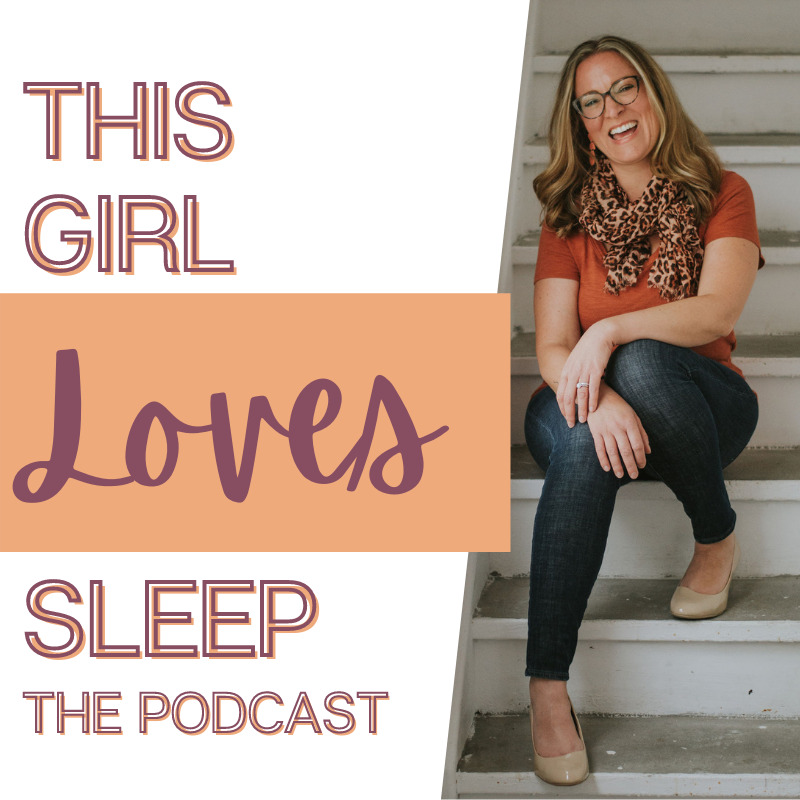Though it may seem strange to us, there is an underlying reason why children bring all kinds of strange “objects” to bed. The majority of kids like to sleep with a lovey or a comfy blanket, but my daughter prefers to sleep with everything she plays with during the day. I believe a Tupperware container was the most bizarre item she has ever slept with. I often wonder why she has suddenly become the queen of hoarding, especially around bedtime.
Safe Sleep Environment
The AAP recommends that under the age of one, no loose items such as blankets, toys, and other soft objects should be in your child’s crib. For the first year, it is recommended to keep the crib completely empty; no blankets, bumpers or toys. If your child is at the age where they can sleep with a soft toy, ensure there are no loose buttons or ribbons that could be dangerous. Room sharing is advisable to bed sharing and remember to place them on their back for sleep.
Sign Up For Our Newsletter
How to introduce transitional objects
As they get older, a transitional object can be so helpful that you may want to encourage your child in choosing one and including it into their bedtime routine. Your child may find it comforting to sleep with these items, but it is important to pay close attention to these objects and make sure they are safe. It is not advisable to use anything that has loose parts, hard pieces, with batteries, lights, or sounds.
Encourage healthy sleep habits
It is important to allow our children the time and space to put themselves to sleep and give them the opportunity to self-soothe. Creating a consistent bedtime routine and an early bedtime can help our children feel more confident about sleeping independently. Transitional objects can be especially helpful when children are transitioning between sleep cycles and can keep them from waking up. If you notice that these objects are interfering with your child’s sleep, you can set boundaries and give them the option of only a few items. Although most parents may find transitional objects helpful, not all children need one. It really comes down to, what works best for you and your child.
Independent Sleep
As your child starts sleeping independently, they can start to gravitate towards transitional objects to help soothe them. I noticed my daughter has a special attachment with both new objects and those she interacts with during the day. The connection with these objects, provides her with comfort when she sleeps. They also make her feel secure when she is experiencing separation anxiety or a disruption in sleep, such as a sleep regression. Some worry that a child’s attachment to a transitional object could present challenges down the road. However, this comfort item is a step toward independence and allows your child to feel safe. Positive reinforcement can help in your child’s transition from the baby, toddler, to preschooler stage. Reminding them that they are a big kid and can leave their comforting object at home will help them prepare for the day when they will no longer need it.










